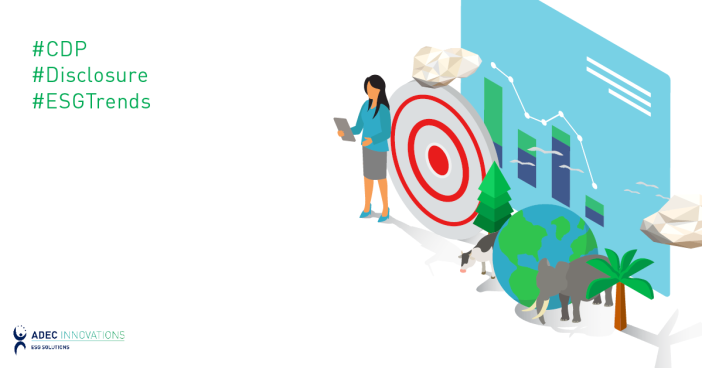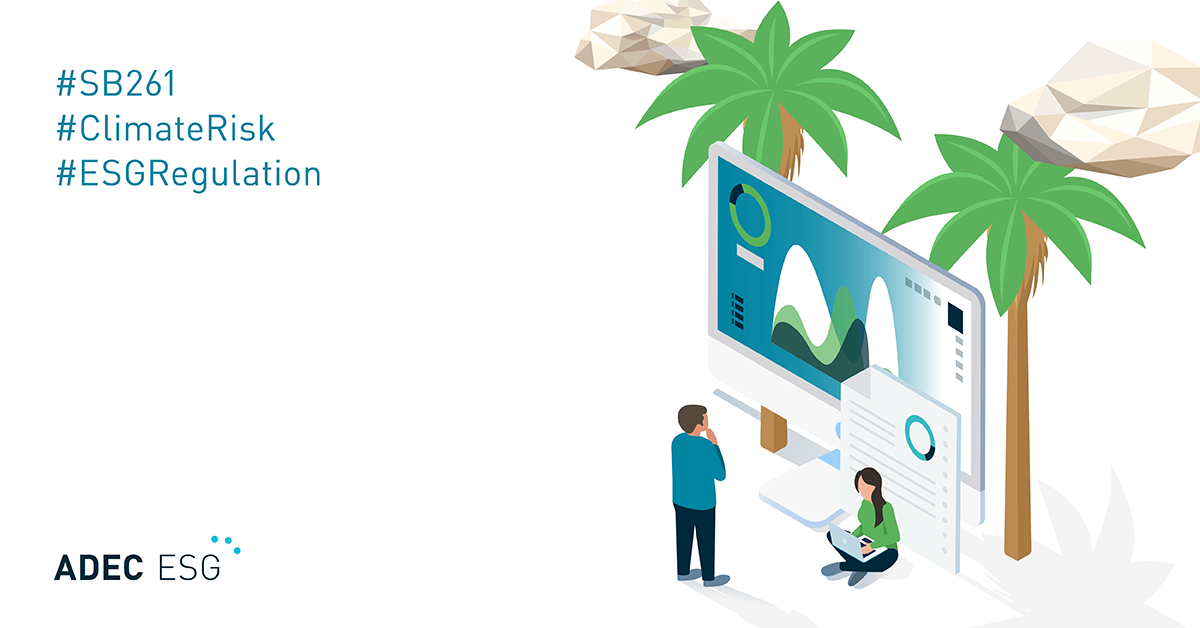With the 2022 CDP reporting season at a close, we’re taking a look back at this year’s trends and lessons learned. What ESG topics and issues did we see take centerstage this year, and what should you focus on while you prepare for next year’s disclosure?
From clarity in supplier requirements, scope 3 emissions, and expansion into biodiversity, here are a few key CDP trends from this year’s CDP season.
The need for more transparency in reported data
Every year, the ESG reporting space grows and evolves. We’ve come a long way over the past 20 years. Where past reporting standards were once largely voluntary and entry-level, they are now more specific and ask for greater detail.
In keeping with this trend, the CDP 2022 questionnaire added and updated questions with more information and greater transparency in mind, observed in a number of places, including:
- At Leadership levels, CDP now asks for renewable energy to come from power purchase agreements (C8.2e).
- CDP now asks reporting companies to account for gross global scope 3 emissions, as well as scope 3 emissions data for previous years (C6.5 and C6.5e).
- Newly introduced in 2022, CDP now requests the baseline breakdown of relevant and calculated scope 3 emissions (C5.2).
- CDP now includes questions related to if and how companies are engaging with their suppliers as part of procurement processes (C12.2 and C12.2a).
Targets and initiatives are crucial for CDP Leadership
Another trend we’ve seen this year is a focus on targets and initiatives, particularly at the CDP Leadership level. This includes target development as well as reporting progress and achievement. These items are crucial for Leadership.
Again, CDP’s position on scope 3 emissions is an example.
The 2022 questionnaire takes aim at scope 3 emissions more precisely and rewards companies that are leading in actively reducing their scope 3 emissions. New questions were introduced at Awareness (C5.2) and Management levels, with new criteria for Leadership (C6.5), where companies should be reducing their combined scope 1, 2, and 3 emissions year over year.
Another example is that CDP has raised the bar for companies by requesting details on procurement processes.
For Leadership, disclosing companies need to actively work with their suppliers in order to reduce scope 3 emissions. Part of the process includes ensuring that there are mechanisms to track compliance and ensure that suppliers are meeting climate-related requirements. This is evident in scoring C12.2a at the Leadership level, where companies should require that their suppliers set a science-based emissions reduction target as part of the procurement process.
Greater push for integration and expansion beyond climate change
This year’s questionnaire saw a major push towards integrating all targets—across reporting standards, topics, and ESG initiatives. This includes integration across environmental, social, and governance topics as well as climate change, forests, and water security.
Financial services sector – Forest and Water Security module
In 2022, the financial services sector saw major changes made to its questionnaire. A new module was added: an integrated Forest and Water Security module specific to financial services organizations. This module includes questions related to how these organizations address forest- and water-related issues, including governance, risk management processes, risk disclosure, strategy development, policy framework, client and investor engagement, regulatory issues, and portfolio impact.
Additional modules
CDP has incorporated a Biodiversity module into its Climate Change questionnaire (C15). This new module works to integrate issues on how companies are navigating and addressing biodiversity concerns with governance topics such as governance policies, initiatives, and oversight. Looking towards the 2023 reporting season, CDP has drawn attention to the topic of plastic pollution and may incorporate a Plastics module as well.
Connecting other frameworks and initiatives
The questionnaire also takes an overarching approach to target integration by connecting many of its questions to other frameworks and initiatives, including the Science Based Targets Initiative, TCFD recommendations, the UN Sustainable Development Goals, DJSI, and the RE100.
Holistic approaches to sustainability
Disclosing companies that reach Leadership levels take purposeful action across the entire organization. This includes taking a holistic approach and integrating sustainability targets and goals into all business units—as well as ensuring that the business units themselves are working together towards these common goals and function as one fully integrated unit.
CDP questionnaires are not a one-person job. You’ll need a throughout your organization to develop a robust and comprehensive ESG program, one that looks beyond simply reporting to CDP and instead addresses all pertinent reporting frameworks and external stakeholder requirements.
Every department—from marketing, procurement, financial, legal to risks and facilities—has a part to play. Holistic reporting is no longer optional for leaders in sustainability, and executive support for ESG programs should be clear-cut and present.
The 2022 CDP reporting season demonstrated a continued push for better focus, greater detail, more transparency, and a collaborative spirit that reaches every corner of your organization. This trend parallels actions we see in the ESG space, which continues to move past simply reporting and into an era of more data, deeper analysis, and meaningful action. We’re excited for the future of ESG and look forward to supporting organizations like yours along your Sustainability Journey.
ADEC ESG Solutions is a CDP Silver Climate Change consultancy partner with over 30 years of experience working with global businesses to improve their ESG programs and reporting. Click here for more on how we can help.




